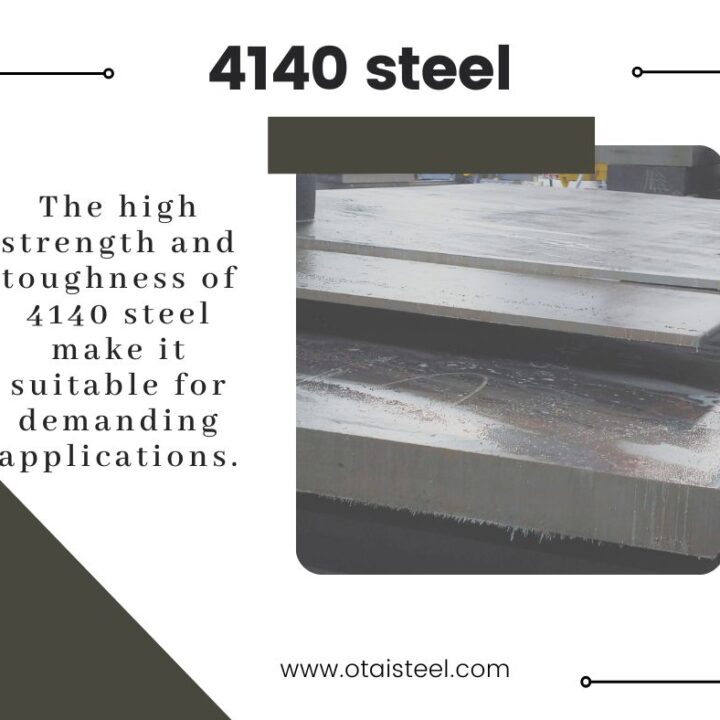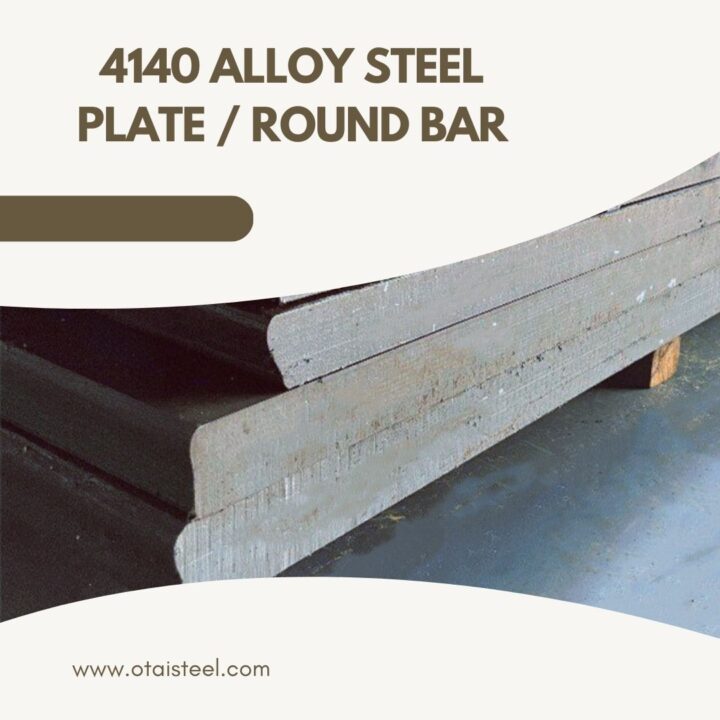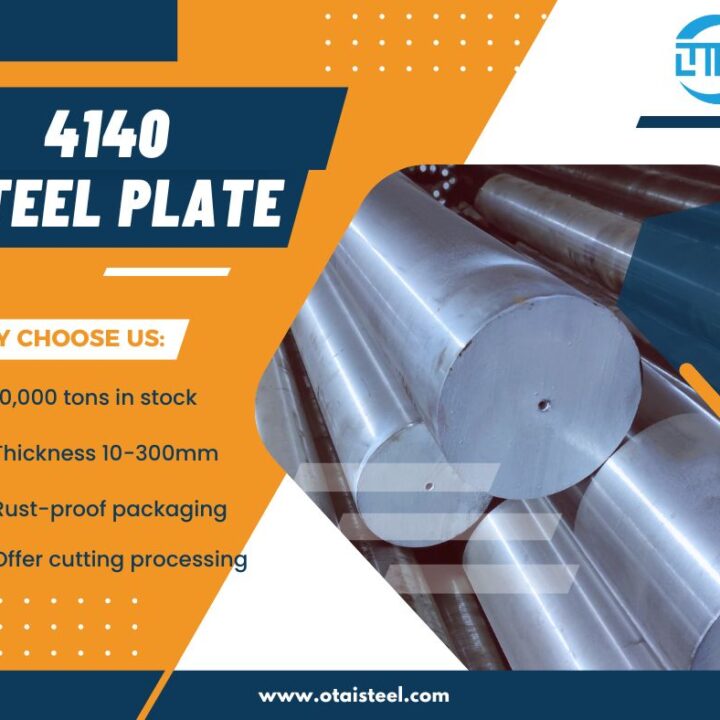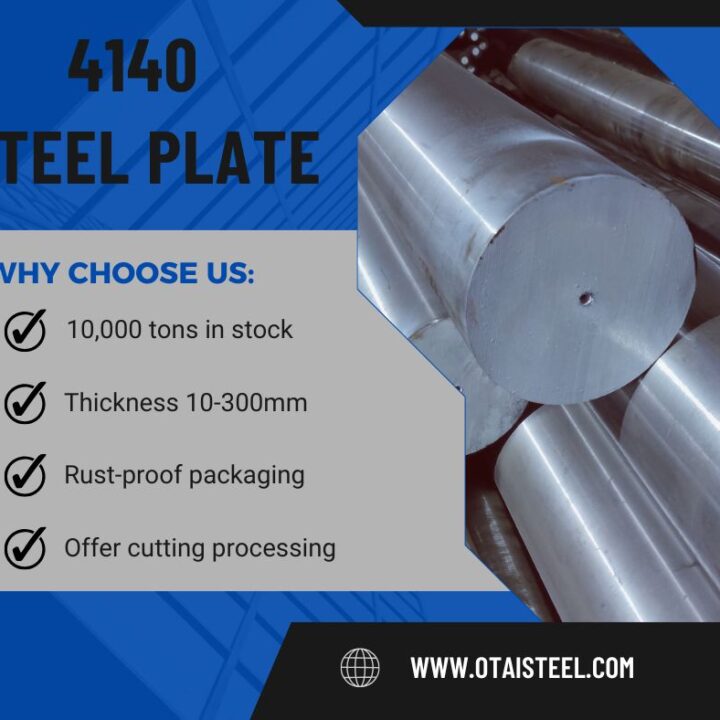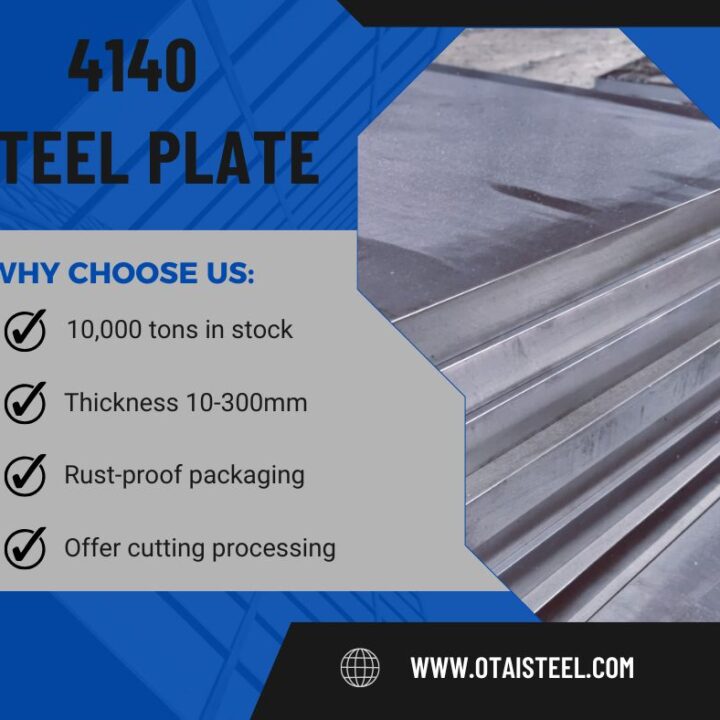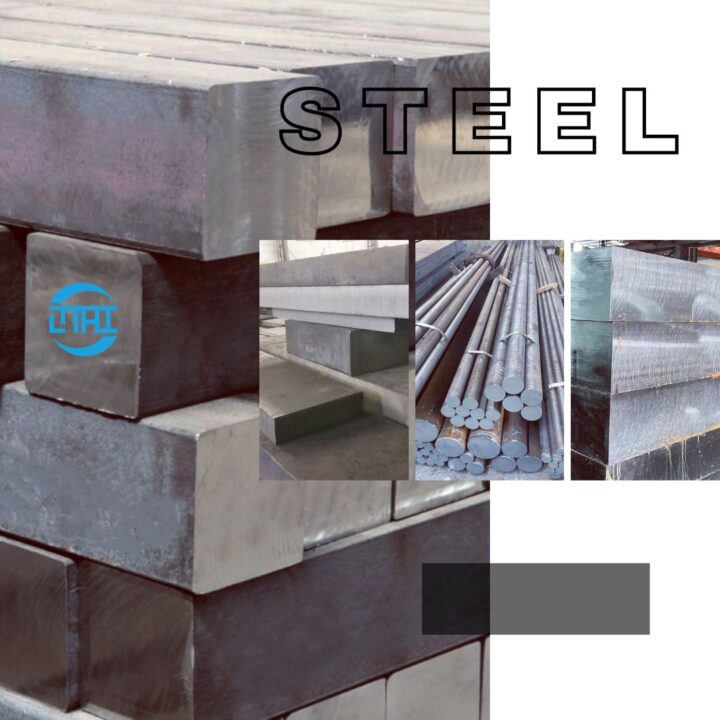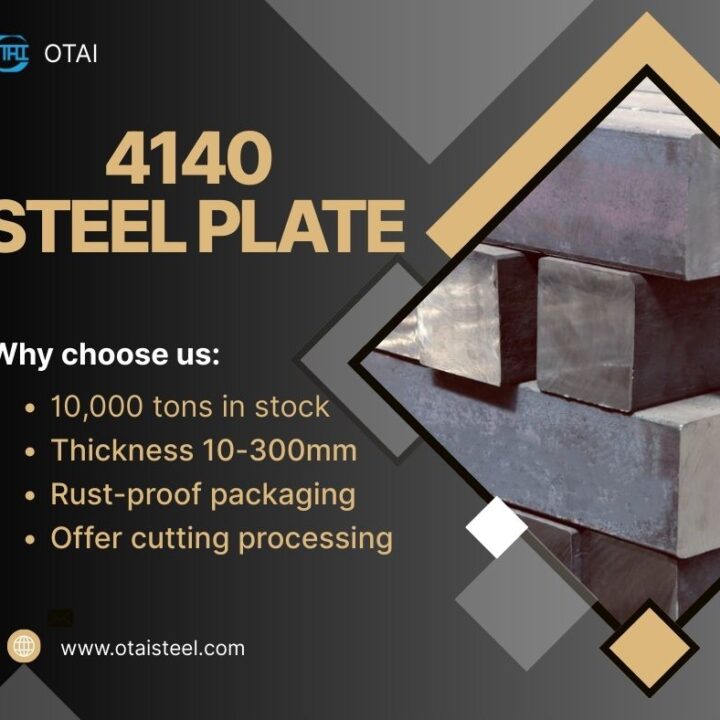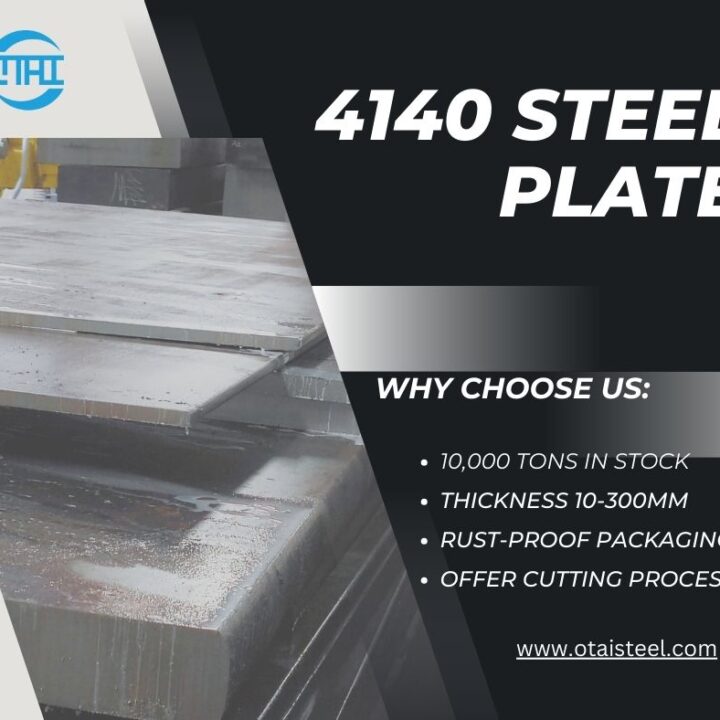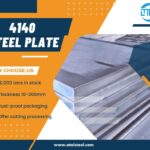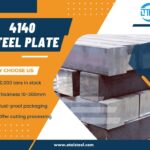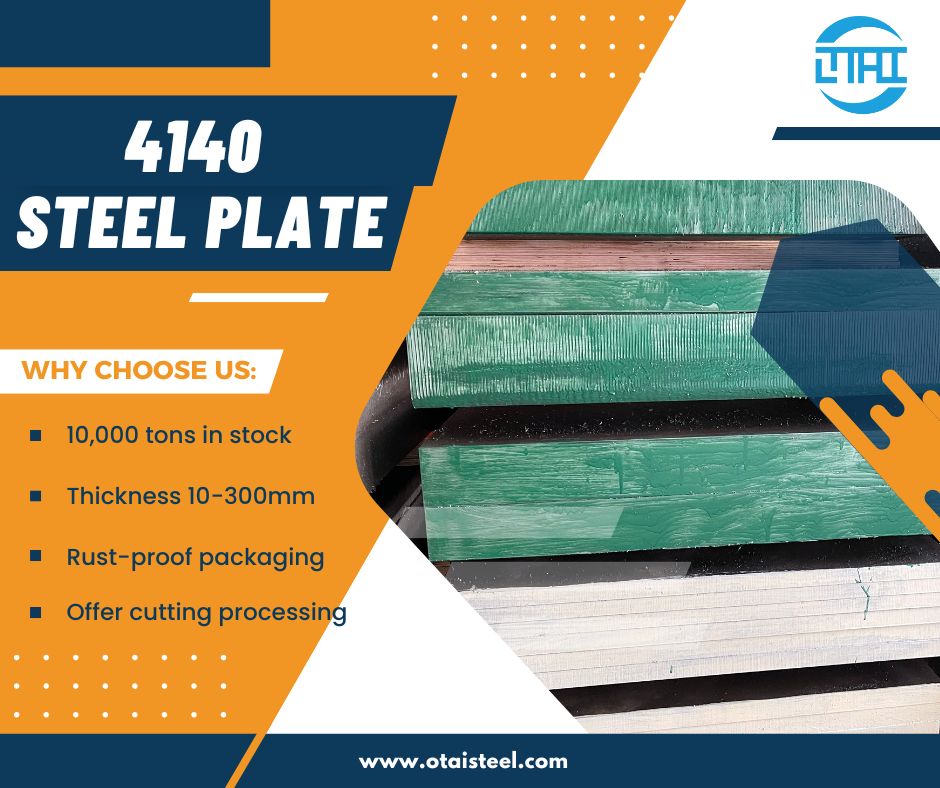 4140 Alloy Steel Ultimate Tensile: How Strong Is It Really?
4140 Alloy Steel Ultimate Tensile: How Strong Is It Really?
When it comes to alloy steels that can handle high stress and tough environments, 4140 alloy steel is a rock star. But what makes it so reliable? One word: tensile strength. More specifically, the 4140 alloy steel ultimate tensile strength is what truly defines its role in heavy-duty applications like gears, axles, and high-performance tools.
So, just how strong is it? Let’s dig into the numbers, heat treatments, and real-world uses to understand this steel’s ultimate potential. 💪
🔍 What Is Ultimate Tensile Strength (UTS)?
The ultimate tensile strength of 4140 alloy steel refers to the maximum amount of tensile (pulling) stress it can endure before breaking. It’s one of the most important mechanical properties to assess if a material can perform well under pressure—literally.
UTS is typically expressed in megapascals (MPa) or pounds per square inch (PSI).
📊 Mechanical Strength Data of 4140 Steel
Here’s a quick breakdown of the 4140 steel mechanical strength data under different heat treatment conditions:
| Condition | Ultimate Tensile Strength (MPa) | Ultimate Tensile Strength (PSI) | Yield Strength (MPa) | Yield Strength (PSI) |
|---|---|---|---|---|
| As-rolled (annealed) | 655 – 850 | 95,000 – 123,000 | 415 – 655 | 60,000 – 95,000 |
| Normalized | 850 – 1000 | 123,000 – 145,000 | 655 – 860 | 95,000 – 125,000 |
| Quenched & Tempered (Q&T, 30-35 HRC) | 1000 – 1100 | 145,000 – 160,000 | 860 – 1000 | 125,000 – 145,000 |
| Q&T (Harder, 38-44 HRC) | 1100 – 1250 | 160,000 – 181,000 | 1000 – 1100 | 145,000 – 160,000 |
These values demonstrate the versatility and strength of 4140 under different conditions. Particularly, the tensile strength of normalized 4140 already reaches impressive levels even before quenching and tempering.
🔥 Heat Treatment Makes a Big Difference
4140 alloy steel responds extremely well to heat treatment. The 4140 steel tensile properties after heat treatment vary significantly depending on whether it’s normalized, quenched, tempered, or annealed.
-
Annealed: Easy to machine but lower strength.
-
Normalized: Improves grain structure and raises strength.
-
Quenched and Tempered: Maximizes strength and toughness balance.
This tunability makes 4140 a go-to choice for industries that need precise control over performance.
⚖️ Yield vs Tensile Strength: What’s the Gap?
A common question we get is about yield vs tensile strength in 4140 steel. Yield strength is the stress at which the material begins to deform permanently, while UTS is the maximum stress before breaking.
Here’s a rough comparison:
| Property | Normalized 4140 | Q&T 4140 (35 HRC) |
|---|---|---|
| Yield Strength | ~860 MPa | ~1000 MPa |
| UTS | ~1000 MPa | ~1100 MPa |
| Ratio (Yield/UTS) | 0.86 | 0.91 |
A high yield-to-UTS ratio indicates a tougher, less brittle steel. That’s why 4140 alloy steel is often favored in load-bearing parts.
🛠️ Is Harder Always Stronger?
Not necessarily. One might ask, does hardness affect 4140 tensile strength? Yes, but the relationship isn’t always linear. Up to a certain point, increasing hardness via quenching and tempering will boost tensile strength—but too much hardness can lead to brittleness.
That’s why industries often specify a mid-range hardness (30-35 HRC) for high-load applications, achieving a sweet spot between toughness and tensile power.
🌍 Real-World Use Cases: Strength Matters
Let’s look at some practical applications where 4140 tensile strength in PSI and MPa really shines:
-
Oil & gas drilling shafts: These demand high UTS to survive torque and cyclic loading.
-
Forged gears & pinions: Must resist cracking under load—4140 gets the job done.
-
Motorcycle fork tubes: Require strength without too much weight.
-
Military-grade weapon components: UTS ensures safety and reliability.
In all these cases, knowing how strong is 4140 alloy steel—in numbers—is critical to design and safety.
🏢 Why Choose Otai Special Steel?
At Otai Special Steel, we understand how important consistent performance and strength are in your applications. Here’s why clients from over 60 countries trust us:
- ✅ Over 10,000 tons of 4140 and other alloy steels in stock year-round
- ✅ Thicknesses from 6mm to 300mm with custom cutting services
- ✅ In-house heat treatment, UT inspection, and hardness testing
- ✅ Support for custom tensile strength requirements
- ✅ Fast delivery and full quality documentation (e.g., SGS, BV, mill certs)
Whether you need Q&T 4140 plates or normalized 4140 rounds, we’re ready to deliver exactly what your project requires.
📩 Contact us now for a free quote or technical consultation!
📧 Contact us: jack@otaisteel.com
📱 WhatsApp: +8676923190193
❓FAQ: All About 4140 Alloy Steel Ultimate Tensile
Q1: What is the maximum ultimate tensile strength of 4140 steel?
A1: In Q&T condition at 38–44 HRC, it can reach up to 1250 MPa (~181,000 PSI).
Q2: Is normalized 4140 strong enough for gears?
A2: Yes, the tensile strength of normalized 4140 (~1000 MPa) is sufficient for medium-duty gears.
Q3: How does heat treatment affect 4140’s strength?
A3: Heat treatment (especially Q&T) significantly increases both yield and tensile strength.
Q4: Can I request a custom tensile strength value?
A4: Yes! At Otai, we offer customized heat treatment services to meet specific UTS/yield requirements.
Q5: What’s the difference between hardness and tensile strength?
A5: Hardness measures resistance to indentation, while tensile strength measures resistance to pulling forces. They’re related, but not identical.
